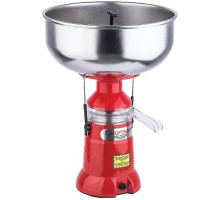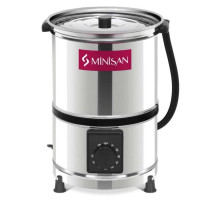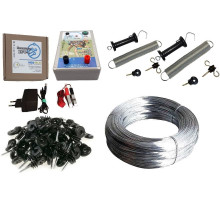
Officially, the annual plant with a recumbent stem, which is considered a pest, is called "Stellaria media". Chickweed infests fields with grain, perennial grasses, row crops, and gardens.
What is chickweed and why is it dangerous?
A dicotyledonous plant from the Carnation family with a long stem and small white flowers lives up to 40 days. It received its official name "Chickweed" precisely because of the shape of its flowers. And it was called woodlouse for its incredible ability to accumulate moisture - dew appears on the leaves, which gradually flows into the soil, fully providing the plants.
During the summer, woodlouse is reborn several times and constantly blooms, producing up to 25 thousand seeds from one bush. Therefore, the spread of the pest is very fast - it uses the microelements and moisture needed by agricultural crops. Most often it appears under low bushes, in beds, in any places where there is more shade and water.
It takes root very quickly, even a cut stem can take root literally in a day. Therefore, weeded weeds must be immediately destroyed or processed. Chickweed loves acidic soils, on them it can take up all the free space and suppress cultivated species. On sandy soils, the risk is less, but you also need to actively weed. Woodlice actively germinate under the following conditions:
- high humidity;
- warm air;
- shady space;
- many useful minerals.
It can germinate even under the porch, under laid boards or bricks. The appearance of woodlice means poor soil drainage and its excessive compaction.
Methods for combating woodlice
The simplest solution is to use certified herbicides that prevent the appearance of the pest and remove adult plants. But additionally it is recommended to take the following measures:
- stubble peeling after harvesting;
- cultivation and early autumn plowing;
- liming, including the use of defecate;
- mulching with black film;
- harrowing and loosening the row spacing.
For protection before the emergence of the main crop, use the herbicides "Ataman", "Dual Gold", "Tornado". After emergence, apply "Roundup", "Glyphovit Extra", "Makstar" to the leaves. During preparation, it is necessary to apply fertilizers that reduce the acidity of the soil. This will make it more comfortable for the agricultural crop and prevent the development of the pest.
If the "Woodlouse" grass has taken root on the site, then it can only be removed by a comprehensive use of methods, since it is highly resistant to various drugs. It is better to carry out preventive work and use regular weeding with mechanical means. In the end, it is necessary to carefully select the remains, since even parts of the stem can root back.
1 reviews / Write a review







